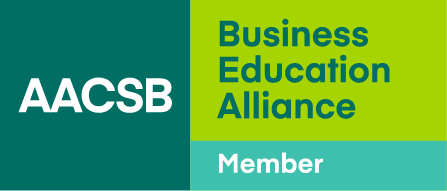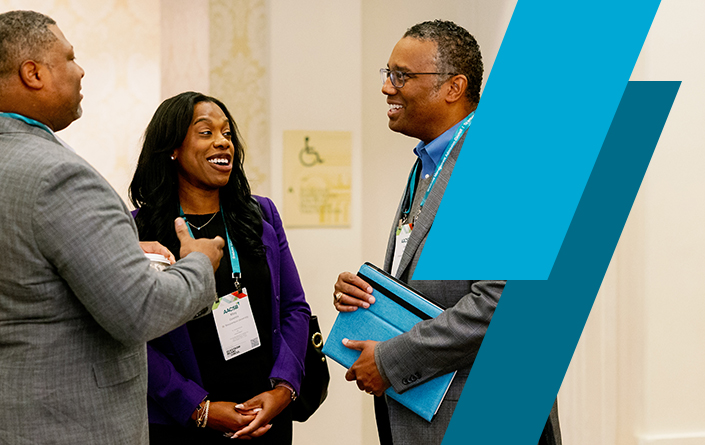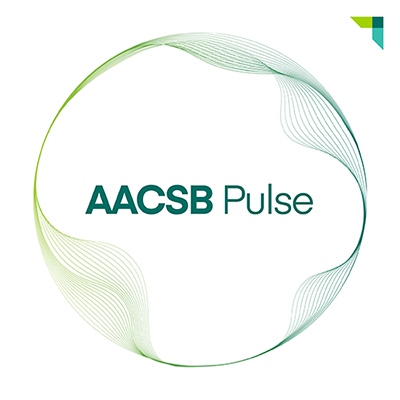Processes and Procedures
The first step in the accreditation process is to establish membership with AACSB. To apply for membership, please complete our online membership application. Additional details about membership are available at aacsb.edu/membership/educational. The AACSB membership team can be reached at [email protected].
Once membership is established, a school should familiarize its faculty and administration with the AACSB accreditation standards and the accreditation journey. To proceed into the accreditation process, the school should attend a mandatory Eligibility application (EA) Workshop to assess its accreditation readiness and better prepare for the accreditation journey. The schedule for the EA Workshop is found here: Eligibility Application Workshop. Participants have up to two years from the date of the EA Workshop to submit their eligibility application. After two years, the school will need to attend another EA Workshop to be eligible to apply.
Eligibility applications are accepted at any time. Schools are encouraged to attend a regularly scheduled Q&A session complimentary for workshop attendees where AACSB staff are available to address questions on their eligibility application. Once the eligibility application is complete and submitted to the Eligibility Review Committee (ERC), AACSB staff will check for completeness and any potential concerns. The ERC will review the application at the next scheduled meeting. Meeting dates and applicable deadlines are available here.
Eligibility applications are due to the committee at least two months in advance of the meeting. If approved, a mentor will be assigned to help guide the school through the initial accreditation process.
Many schools find it useful to send their staff to the Business Accreditation Seminar, which offers an in-depth overview of the initial accreditation process and the nine business accreditation standards. Additionally, the small group allows for detailed conversation and specific questions related to each school’s situation, as well as comprehension of the overall process requirements.
To help in cases where team members do not speak the language spoken at the school, it is common for the school to have a translator either present for the entire visit or parts of the visit in which participants do not speak English.
- identify the complainant and his/her relationship with the institution;
- identify the specific eligibility criteria and/or accreditation standard(s) relevant to the complaint, and describe how the institution does not align with the standard;
- provide documentation that supports the complaint; if the complainant has pursued the complaint through the institution’s channels, provide complete evidence of this process and the outcome.
Our complaint policy is available here.
The accreditation standards are available here.






